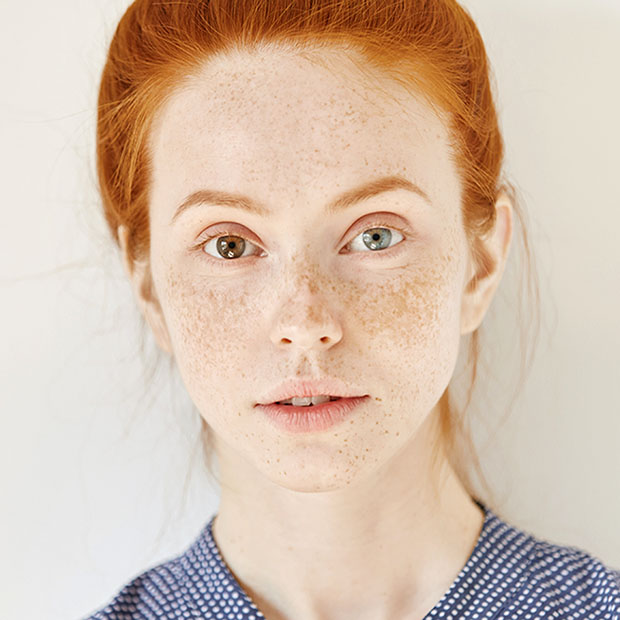What Do You Know About Heterochromia?

The way someone’s eyes look can leave a big impression.
Eyes are often touted as the windows to the soul, captivating onlookers with their vast array of colors and expressions. Among these visual wonders is heterochromia, a rare phenomenon that not only adds mystery but also a striking beauty to the eyes of those who have it. This blog post delves into the fascinating world of mismatched eyes, exploring its types, causes, famous cases, and the rich folklore surrounding it.
Exploring Types of Heterochromia
Heterochromia refers to the condition where an individual has irises of different colors, each type offering its own unique charm:
- Complete Heterochromia (Heterochromia Iridium): Individuals like actors Josh Henderson and Alice Eve exhibit this type, where each iris is a completely different color, providing a stark and mesmerizing contrast.
- Segmental Heterochromia (Heterochromia Iridis): Celebrities such as Henry Cavill and Anthony Stewart Head demonstrate this variety, where just part of one iris contains a different color, adding a subtle yet enchanting twist.
- Central Heterochromia: Characterized by a ring of a different color around the pupil, this type is seen in stars like Olivia Wilde, offering a nuanced beauty that captivates at a close glance.
Unraveling the Causes of Heterochromia
While the enchantment of heterochromia is evident, its origins are often shrouded in mystery. Generally, heterochromia is the result of genetic variations that affect pigment distribution in the irises, though it can also arise from physical injuries or medical conditions. For instance, actress Mila Kunis developed a mild form of heterochromia after a prolonged eye inflammation, illustrating that the condition can originate from various sources.
Celebrities and Their Iconic Eyes
Heterochromia has found its way into the limelight through celebrities who have turned this unique trait into a signature part of their appearance. Perhaps the most iconic example was David Bowie, whose distinct eye condition was the result of an injury that caused one pupil to become permanently dilated, giving the appearance of two different colors. This feature became synonymous with his enigmatic persona.
Folklore and Mysticism
Across different cultures, heterochromia has been enveloped in an aura of mysticism and folklore. In Eastern European paganism, such eyes were often dubbed “witch eyes,” believed to grant the bearer supernatural sight. Similarly, some Native American legends viewed them as “ghost eyes,” capable of seeing into other realms. These stories highlight the human fascination with this rare trait and the mystical qualities often attributed to it.
A Note on Heterochromia in Animals
Interestingly, heterochromia is not exclusive to humans; it is also observed in animals, particularly in cats. In white cats, the presence of one or two blue eyes can indicate deafness in the ear on the same side as the blue eye. This link between eye color and hearing adds another layer to the complexity of genetic variations associated with heterochromia.
Your Experiences with Heterochromia
Heterochromia is a stunning reminder of the diversity and complexity of human genetics. It transforms the eyes into a captivating mosaic of colors that challenges our perceptions of beauty. If you’ve encountered this intriguing trait or know someone who has it, we would love to hear about your experiences during your next visit.